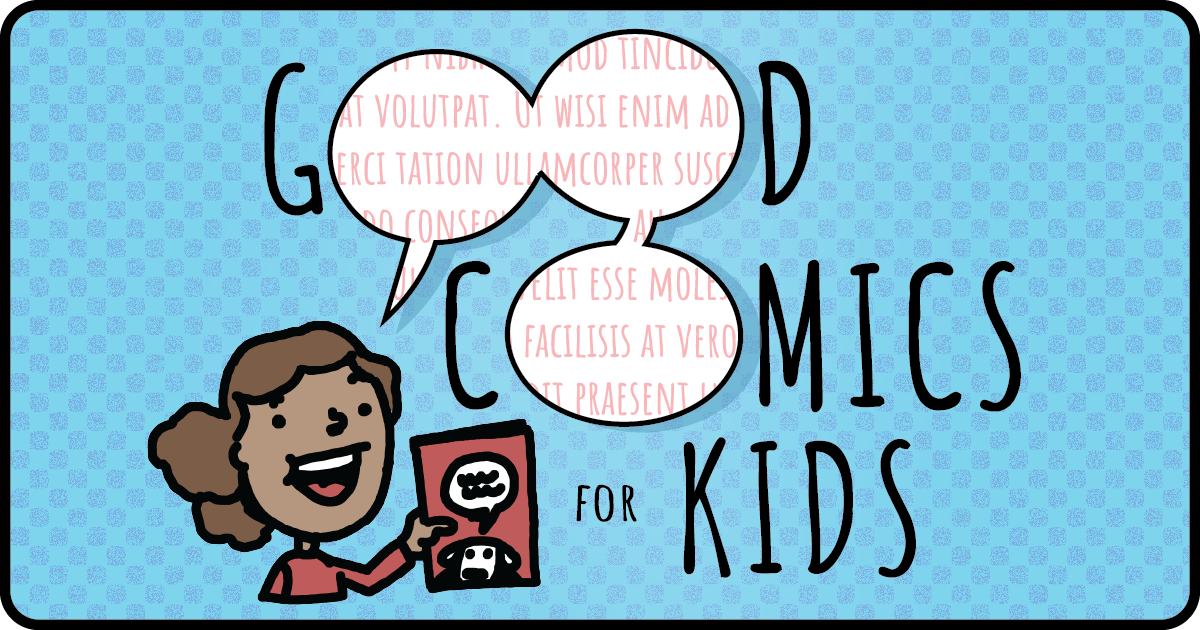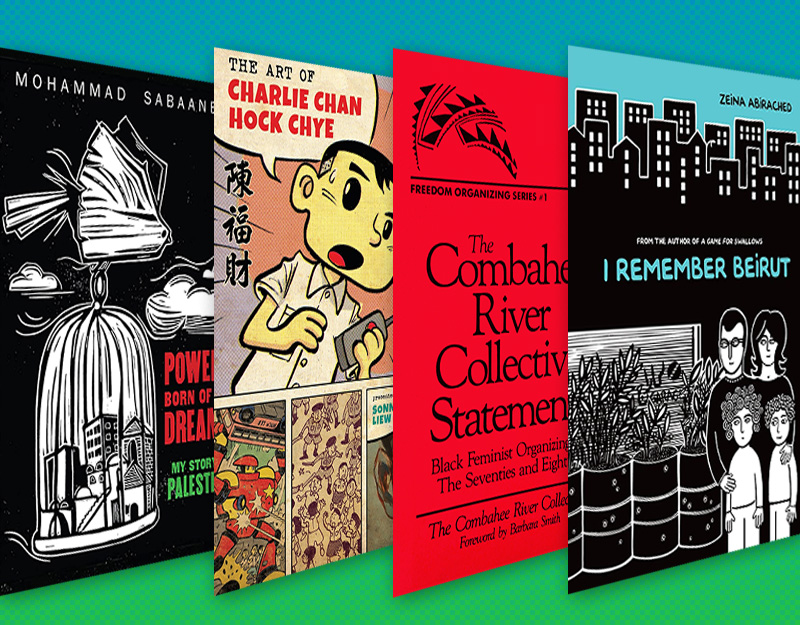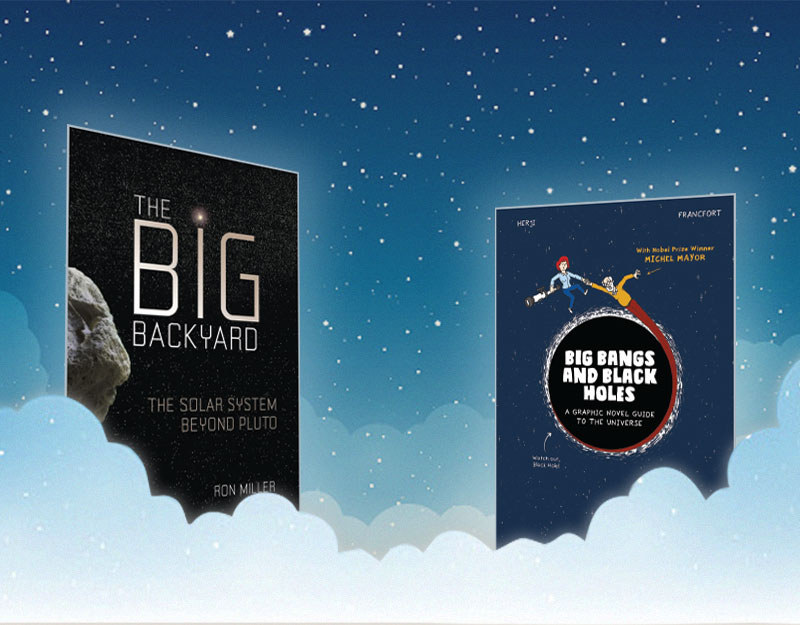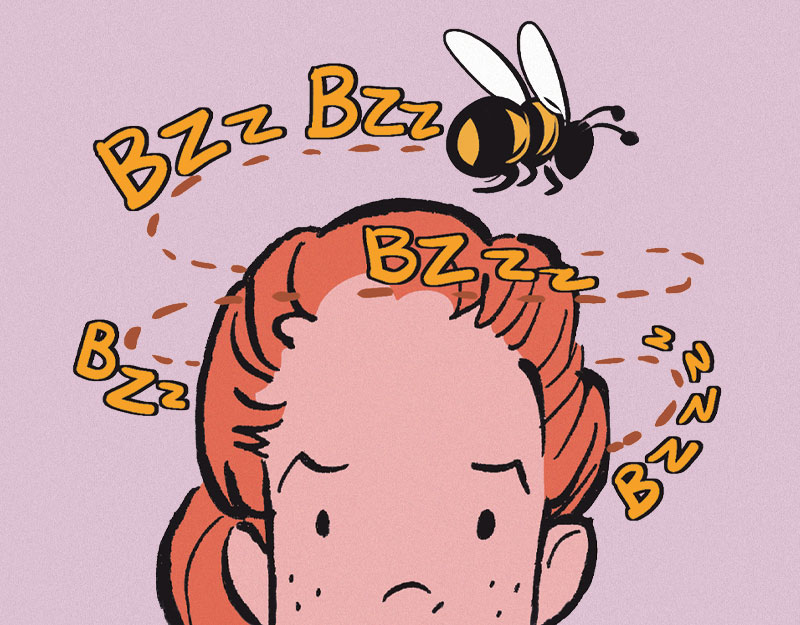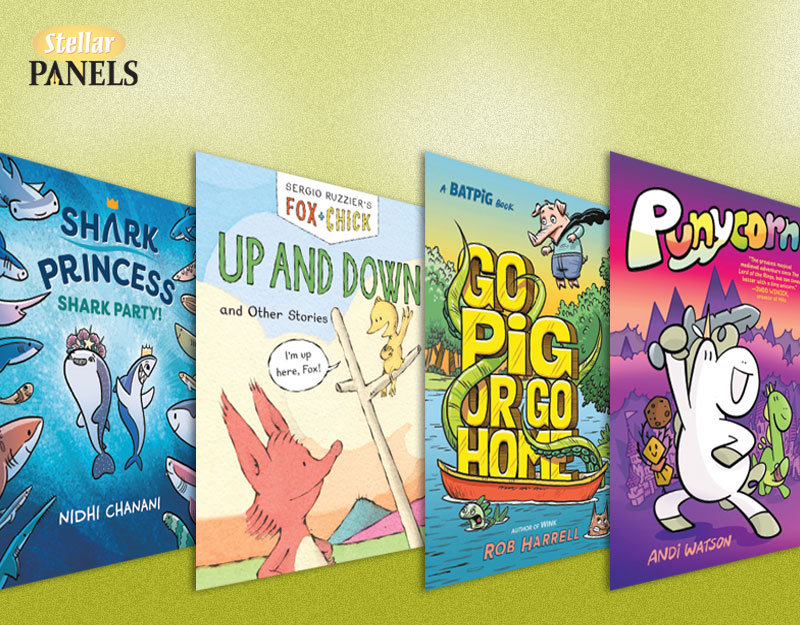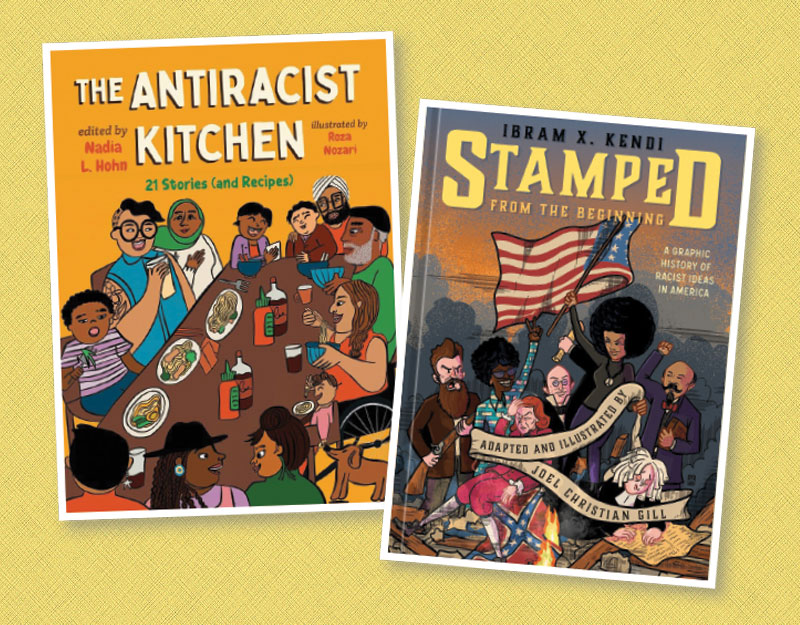
Writing Comics: John Green on ‘Hippopotamister’
Today we have a special treat for you: A process essay by comics writer John Patrick Green. John is the artist for Teen Boat, which is a GC4K favorite, and he is now working on a new book, Hippopotamister, which will be published by First Second in spring 2016. Hippopotamister is the story of a hippo who gets tired of the dilapidated zoo where he lives and takes off with his friend Red Panda to live among the humans. He changes his name to Hippopotamister and goes to work, but every time he gets a job, Red Panda gets them fired. Eventually Hippopotamister goes back to his old home and uses his newfound skills to fix it up, but his friendship with Red Panda is in jeopardy.
OK, take it away John!
I’ve illustrated a number of graphic novels and comics, and while I’ve written a few short comic stories here and there, Hippopotamister is my first real effort as writer and artist. My process for creating a book that I’m writing and illustrating is actually very similar to that for one I’m just illustrating. After coming up with the idea for a comic, the earliest step for most comic creators is called “thumbnailing,” which basically means doing quick sketches of each page of the comic to figure out how many panels are needed to tell the story. When I work with a writer, I’m usually given a script that has some semblance of page and panel breakdowns, and it’s up to me to interpret those words and instructions into actual visuals. But as the writer of Hippopotamister, instead of typing out a script that my artist-self could interpret, I figured out the story simultaneously while drawing thumbnails of it. This is often how a lot of comic creators work if they are both writer and illustrator.
ADVERTISEMENT
ADVERTISEMENT
The earliest draft of Hippopotamister featured a bird and a fish as friends of the hippo.
I had drawn a number of licensed comics as well as some graphic novels that featured human teenagers as protagonists, and I wanted to do something for a younger audience that mostly featured animals. It wasn’t long until I had the idea for a hippopotamus who leaves a zoo, finds a variety of job-related hats, and each time gets mistaken for an expert in the field the hat is associated with. The publisher I wanted to work with loved the idea when I ran it past them, so I started jotting down situations, characters, and quickly moved onto thumbnails. I did about thirty pages of the story before showing it to an industry friend for feedback. After some retooling, I started over with a new batch of thumbnails.
The bird and fish got dropped from the story, their antics now being part of the Red Panda’s character.
My thumbnails can effectively tell the story, but they don’t amount to much more than stick figures. Drawing the characters can help figure out personality traits, and inform what direction they’ll take the story, just as much as writing out descriptions can. But it can take awhile to get the look of the characters just right.
The first round of sketches for Hippo and Red Panda
Figuring out what you want your characters to look like is a difficult step. I wanted Hippo to seem friendly and innocent, and Red Panda to seem cute but mischievous. Their designs needed to be easily recognizable as a hippo and a red panda, plus simple enough for me to draw repeatedly, plus have the ability to convey emotional range. That’s a lot, especially when Hippo is mostly made up of a few circles!
Hippo and Red Panda’s “final” designs
After settling on the appearances of Hippo and Red Panda, I did a final piece of inked art, to include in my pitch to the publisher.
The pitch was a hit, but they actually wanted me to go back to the drawing board and rework the look of the characters!
Red Panda mostly remained the same, while Hippo ends up closer to one of his original design sketches. It was also decided the book should be drawn in pencil instead of inked.
With the look of the characters finalized, and the style of art figured out, it’s time to start drawing! This is my first comic that will be printed using my pencil line art instead of pencils that have been inked over, so it’s been a slightly different experience for me. For inked work I always draw on smooth Bristol paper. But for Hippopotamister I wanted the roughness of the pencil to be noticeable, so I’m using vellum, which has more tooth to it. I use pencils with varying degrees of softness, depending on how sketchy I’m making a line, or how dark I need it to be.
But before I draw on the Bristol vellum, there’s another step I take. As I mentioned, my thumbnails aren’t much more than stick figures, so for most pages I draw more detailed versions on loose printer paper. I sketch these out in non-photo blue pencil, then tighten the sketch up in ballpoint (or sharpie) pen. These get scanned into my computer, enlarged to 11”x14”, and printed directly onto the art paper in very light blue or red (normally it’s blue, but my printer has refused to print in blue, so now I use red. You’ll find out why shortly).
My sketch-roughs: Tighter than thumbnails, rougher than the final art.
ADVERTISEMENT
ADVERTISEMENT
With the sketch-rough printed onto the art paper, I can move right into doing my final pencil line work. This limits making mistakes, which can often be hard to correct with pencil without still leaving evidence (unlike when pencil art gets inked), as well as helps me make sure I draw the word balloons with enough room for the text. If I need to sketch additional elements before doing the final pencil lines, I do them in either blue or red colored pencil.
The sketch-rough of page 17
… and the final pencil version.
The reason for using the colored pencil is so that when I scan the art into my computer I can turn off the blue or red, leaving just the graphite pencil art behind. This keeps my line art from looking too sketchy and also makes coloring the pages a lot easier.
For the colors of Hippopotamister I wanted something bright and textured and almost like watercolors. I found an amazing colorist, Cat Caro, who is able to achieve that look digitally. In the world of mainstream comics it’s actually pretty common for a different person to do different parts of a book: a writer, a penciler, an inker, a colorist, a letterer… Comics are hard work and they take a long time! Having Cat color Hippopotamister will make sure the book gets done on time, and it’ll look better than I could probably accomplish all on my own.
Speaking of lettering, the text in Hippopotamister is being done in computer. This will make copyediting a lot easier, plus if there are foreign editions they can use the same font. I wonder what Hippopotamister translates to in French? Now I’m getting ahead of myself, and should really get back to drawing the book!
Filed under: Graphic Novels
About Brigid Alverson
Brigid Alverson, the editor of the Good Comics for Kids blog, has been reading comics since she was 4. She has an MFA in printmaking and has worked as a book editor, a newspaper reporter, and assistant to the mayor of a small city. In addition to editing GC4K, she is a regular columnist for SLJ, a contributing editor at ICv2, an editor at Smash Pages, and a writer for Publishers Weekly. Brigid is married to a physicist and has two daughters. She was a judge for the 2012 Eisner Awards.
ADVERTISEMENT
ADVERTISEMENT
SLJ Blog Network
2024 Books from Pura Belpré Winners
In Memorium: The Great Étienne Delessert Passes Away
Parsing Religion in Public Schools
Crafting the Audacity, One Work at a Time, a guest post by author Brittany N. Williams
ADVERTISEMENT

